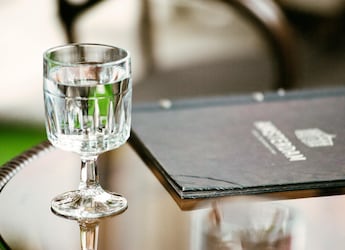A winery owner once asked me to name my "desert island wine" - the one I would choose if I could have only one for the rest of my life. He didn't expect me to immediately say "Champagne!"
We typically don't think of champagne as a no-occasion wine, which may have been why he was surprised. We drink it for a wedding toast and at midnight on New Year's Eve (and not necessarily to celebrate being stranded on a desert island). But champagne is so much more.
"They have bubbles," he adds. "And bubbles are fun."(This story has not been edited by NDTV staff and is auto-generated from a syndicated feed.)
We typically don't think of champagne as a no-occasion wine, which may have been why he was surprised. We drink it for a wedding toast and at midnight on New Year's Eve (and not necessarily to celebrate being stranded on a desert island). But champagne is so much more.
Advertisement
Advertisement
"They have bubbles," he adds. "And bubbles are fun."(This story has not been edited by NDTV staff and is auto-generated from a syndicated feed.)
For the latest food news, health tips and recipes, like us on Facebook or follow us on Twitter and YouTube.
Advertisement
